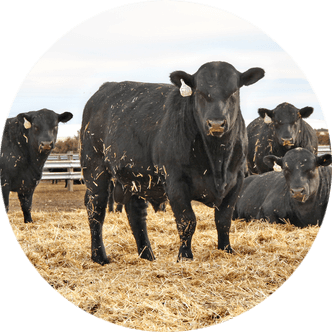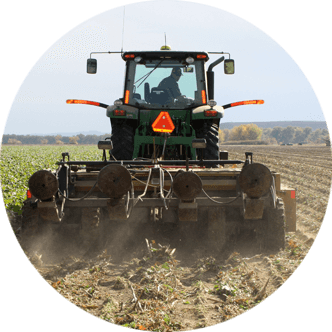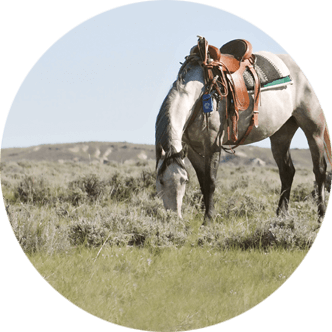Lamb sales see significant growth
Total lamb sales have increased significantly, indicating strong consumer demand, according to the latest Midan Marketing Quarterly Retail Report, based on retail scanner data from Circana.
In the second quarter of 2025 – April through June – dollar sales increased by 17.7 percent and volume sales grew by 12.5 percent, compared to the same period last year, even after accounting for Easter.
Over the past year, both dollar sales and the volume of lamb sold have experienced significant growth, with increases of 10.9 percent and 11.2 percent, respectively.
All major markets experienced quarterly growth in both volume and dollar value for lamb, along with growth compared to the five-year historical average.
Houston and Denver led the pack in terms of dollar growth at 27 percent each, and San Francisco increased volume sales by nearly 30 percent.
Without exception, virtually every retail cut witnessed an increase in both dollar sales and pounds sold between the second quarter of 2024 and the second quarter of 2025.
Significant growth
Looking at retail sales data from the group of retailers who only sell American lamb, domestic lamb sales experienced significant growth in quarter two, with dollar sales increasing by 16.5 percent and volume sales rising by 15.3 percent.
Growth for American lamb was steady across various cuts, with ground lamb, blade chops and loin chops each recording double-digit increases in both dollar and pound sales.
“While it’s encouraging to see more U.S. consumers cooking lamb, I’m even more encouraged to see consumers are seeking out American lamb,” says American Lamb Board (ALB) Chairman Jeff Ebert. “It’s more important than ever for producers to find ways to boost production to take advantage of rising lamb demand.”
Production levels for American lamb also increased in the second quarter. Lamb and yearling production was 7.7 percent higher than the same period last year.
Increasing prices
Lamb sales increased despite consumers carefully considering grocery options.
Inflation continues to boost dollar sales to new heights across most segments, including lamb. The average price for lamb in the U.S. rose 4.6 percent over the past year, from $8.03 per pound to $8.40 per pound.
Despite these price hikes, meat – including lamb – and dairy remain important exceptions with strong unit and volume growth alongside dollar growth.
Overall, the U.S. lamb market is experiencing positive growth, with increasing sales and consistent demand for American lamb.
ALB is the national promotion, research and information checkoff program working on behalf of all American producers – commercial and seedstock – feeders, direct marketers and processors to build demand for American lamb. Funding is through mandatory assessments paid by all industry segments, and the 13-member board represents all industry sectors, geographic regions and sizes of production. For more information, visit lambboard.com, e-mail info@americanlamb.com or call 303-759-3001.





